We list our top choices for essential Masonic books that Masons and non-Masons alike should consider as they look to brush up on their history and knowledge.
The breadth of Masonic information out there is vast, which is probably why it’s so hard for readers to decide which books to choose in the effort to brush up on their Masonic knowledge. However, there are some books out there that distinguish themselves more than others, which may help with the indecisiveness. The Grand Lodge of Ohio Freemasons are by and large enormous book-readers, which is why we were excited to have gotten together to narrow down the top seven Masonic book recommendations to consider for your traditional and/or digital bookshelf.
American Freemasons: Three Centuries of Building Communities
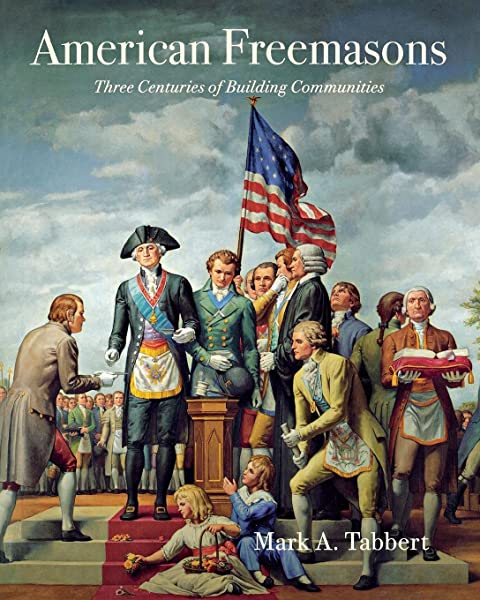
Looking into the multilayered complexity of Freemasonry in the United States, Mark Tabbert’s well-researched and compelling American Freemasons reveals Freemasonry’s origins in seventeenth-century Scotland and England before delving into its integral role in American history, including its involvement in the Revolution, labor and civil rights movements, and into modern day. The volume poses as an excellent introduction to understanding how Freemasonry played a huge role in shaping American society.
A Pilgrim’s Path
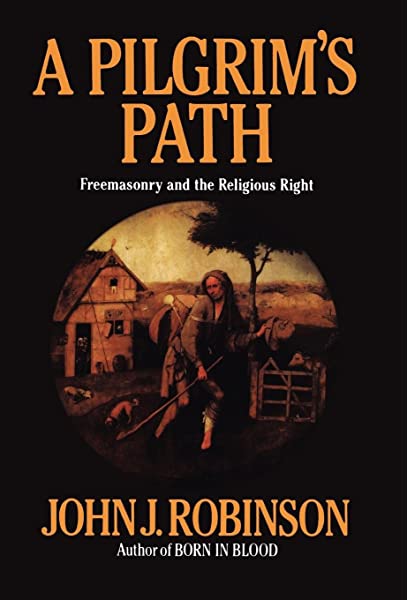
Carried by the strength of his thorough research on the background, characteristics, and current challenges of Freemasonry, author John J. Robinson, who became a Mason later in life, goes into incredible detail debunking the common misconceptions about Freemasonry in his concise, compelling examination of the organization. In 178 pages, A Pilgrim’s Path sets the record straight for apprehensive readers hoping to better understand the reality of Freemasonry by chronicling the history of the attacks against the organization and the motives behind the attacks. In doing so, he discusses the origins of Freemasonry, its principles, and its goals.
The Better Angels of Our Nature: Freemasonry in the American Civil War
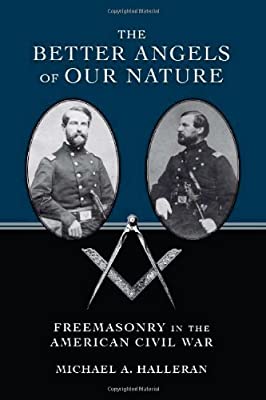
In The Better Angels of Our Nature, Michael A. Halleran, who is a Mason himself, carefully examines the major Masonic stories from the Civil War, most notably the myth that Confederate Lewis A. Armistead made the Masonic sign of distress as he lay dying at the high-water mark of Pickett’s charge at Gettysburg. In this poignant 248-page examination, Brother Halleran takes a deep dive into the bond of friendship, morality, and brotherly love, painting a compelling portrait of bravery during the conflict, and how these men were able to set aside the war to take care of our own.
The Craft and Its Symbols
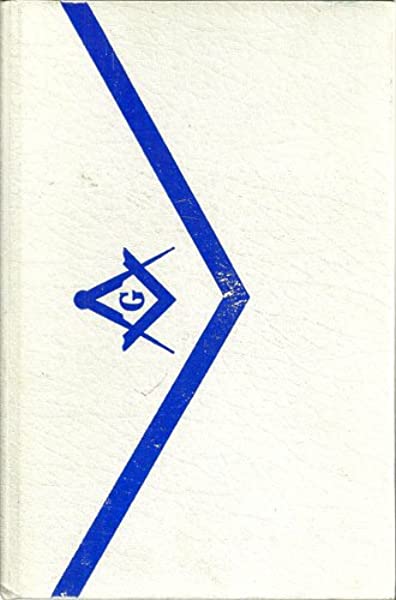
Written in a concise 90 page summary, The Craft and Its Symbols tells the story of the first three degrees of Masonry, with respect for the craft and the body of knowledge restricted to an actual Master Mason. Author Allen E. Roberts presents a compelling guide seemingly intended for newly made Masons looking to start the journey of understanding the meaning and allegory behind the rituals of the first three degrees. While it doesn’t reveal any “Masonic secrets”, The Craft and Its Symbols is most suitable for those interested in the basics of Freemasonry.
The Craft: How the Freemasons Made the Modern World
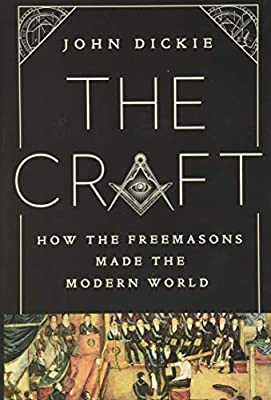
Not to be confused with the above, The Craft: How the Freemasons Made the Modern World offers readers an effective and balanced history of freemasonry, debunking many conspiracy theories and providing a wealth of excellent information. Author and historian John Dickie gives a thorough account of the Freemason movement through the lens of a rich and detailed historical, cultural, theological and political context. Not only does The Craft make for a great resource of Masonic history, the book provides an engaging look at Freemasons’ effect and influence on the world and American culture.
Freemasons for Dummies
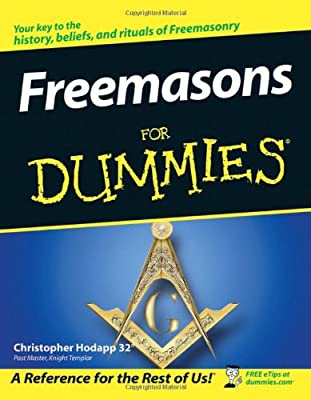
For those looking for a comprehensive introduction to Freemasonry, Freemasons for Dummies may be the best resource. Author Christopher L. Hodapp’s crash course of Freemasonry walks readers through essential knowledge and history on the craft, spanning from 1000 BC into the present day. The book answers important questions on symbols, events, what goes on in a Masonic lodge, differences between York Rite and Scottish Rite masons, conspiracies, anti-Masons, and hoaxes, to name a few.
Freemasonry – A Very Short Introduction
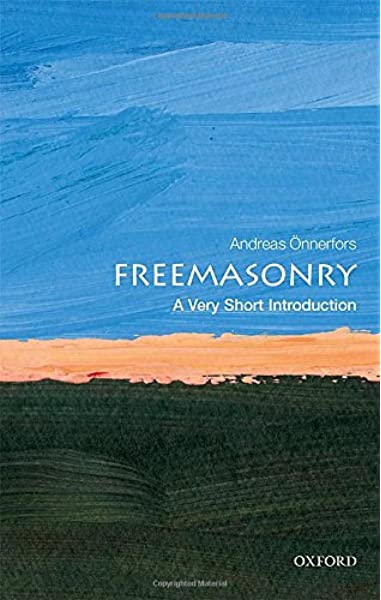
As part of the Oxford University Press “short introduction” series, Andreas Önnerfors’ Freemasonry: A Very Short Introduction provides a succinct, well-written introduction into the inner activities of freemasonry, including its history, rituals, symbols and practices. He addresses common conspiracy myths and fictions, and sheds light on the participation of women in freemasonry. Written with an international perspective, the book offers a solid overview of the organization’s system of initiation and self-government.
Is your favorite missing from this list? Share your thoughts by contacting us here, and please find us on Facebook and Twitter at @GrandLodgeOhio.
Check out some of our other educational blogs, where explore topics like “The Difference Between Operative and Speculative Masonry” and “Behind the Masonic Symbols: The Apron.“